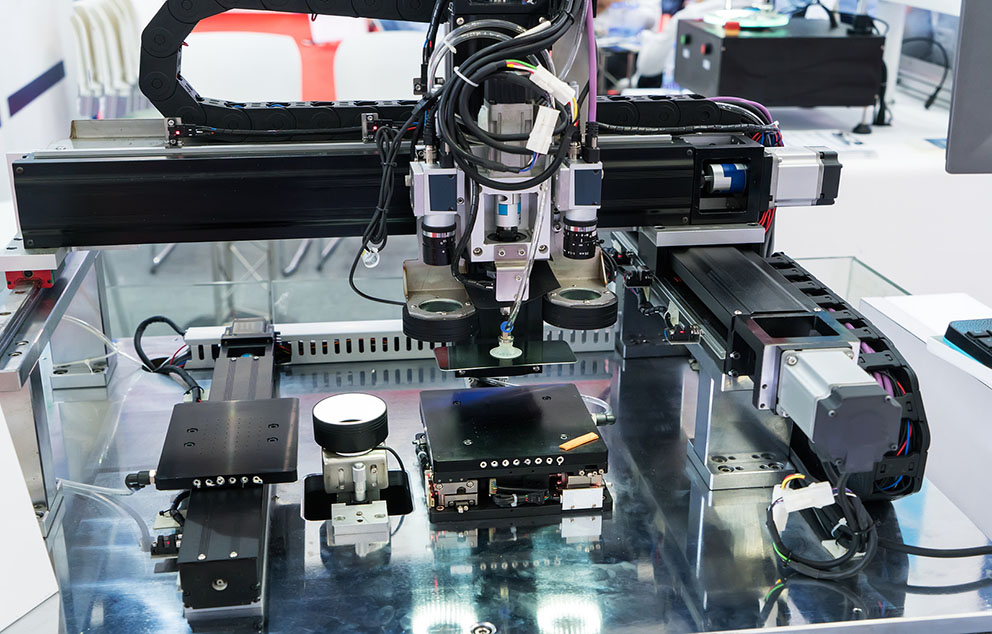- Have any questions? Contact Us Now !
- +65 6547 4162
- sales@bestell.com.sg
5 Things You Need To Do Before Getting A Machine Vision System
How Does A Vision System Work?
December 29, 2017Key Benefits of Choosing Smart Cameras For Manufacturing Businesses
January 3, 20185 Things You Need To Do Before Getting A Machine Vision System

In order to increase the productivity and lower the defect rate of production or manufacturing processes, business owners have increasingly been looking to install a machine vision system or a smart camera. These devices help to automate inspection and correct flawed products, thus saving time and resources. However, before you hastily purchase these highly sophisticated machines, you should be clear about the entire conceptualisation and installation process.
1. Determine the requirements
At the onset, the vision engineers of the company need to establish how the vision system should impact the inspection process. Factors that should be taken into consideration include:
- The type of product that is being inspected
- The number of inspections needed at this phase of the production
- The required speed of inspection
- Any restrictions on space or mechanical design
- Performance requirements
- Resources available
To ensure that requirements will be met and to avoid committing costly errors during the installation phase, it is highly recommended to create a prototype first.
2. Create the right design.
Having determined the requirements of the vision system, the next step is to create an initial design. This phase can be more complicated then it first seems as there may be several setups within your desired vision system. Each component might require different optical setups, based on factors such as the light available in the area and the placement of the camera. Expect to spend time troubleshooting and adjusting the parameters of each setup.
3. Develop your vision system.
In this phase, creating the correct code for your machine vision system is crucial. The code must work perfectly with the program, creating the desired output for various situations. Furthermore, a user-friendly interface should be utilised for the operator, with easy to comprehend results or error codes. At this point, you need to be careful in developing the software, as it is the most important component of the system. One simple mistake or error can ruin the project.
4. Merge everything into one unit.
This is referred to as the integration phase wherein the vision system is fully merged with the optical equipment. To complete this phase, it is important to ensure that the hardware is already fully mounted on the assembly. Once it is done, the next step is to adjust the vision station based on the design specifications approved in the second phase. During the integration process, one of the things that you must work on is to test whether the “merge” was completed successfully. Make sure to run a trial and error application to determine the status of the integration. Also, you should try to trigger several images in order to test the optical equipment.
5. Validate the entire process.
This is the final step in getting a machine vision system. Do you remember the requirements needed for the vision system? Get a list of these requirements and start checking whether or not they have been met after the integration process. If the result is to the contrary, then the best thing to do is to troubleshoot right away by first attempting to make minor changes to the code. In order to ensure that you will not spend too much time and money for this process, find the right expert who will handle the vision system project.
